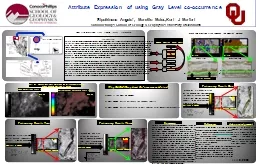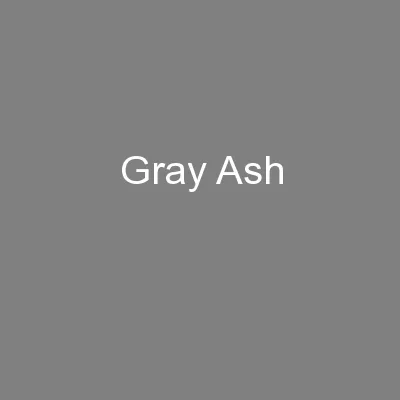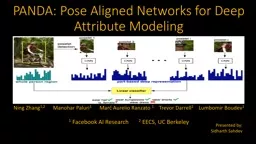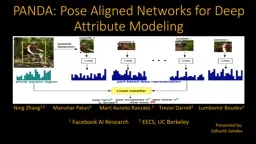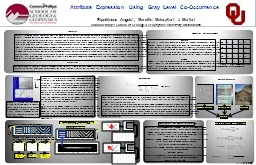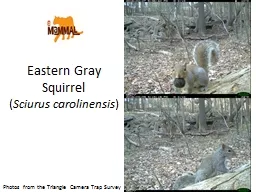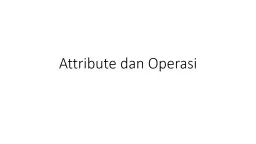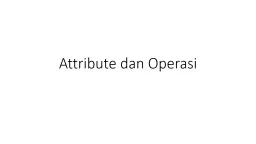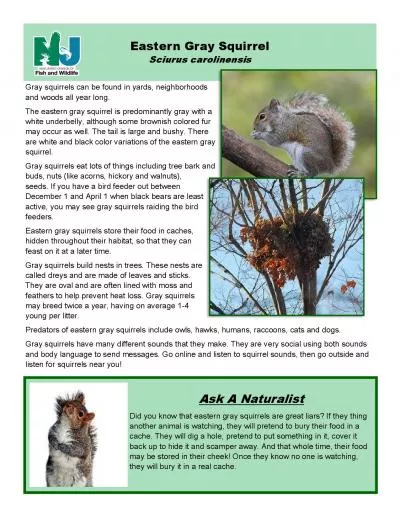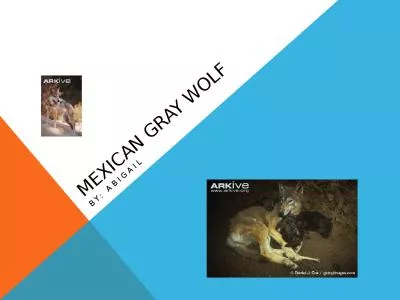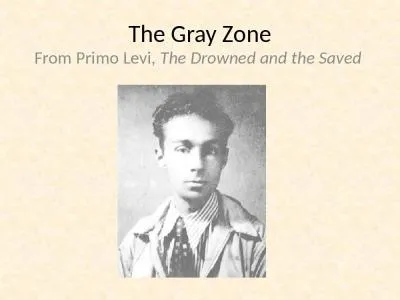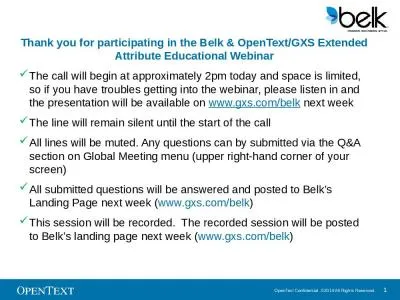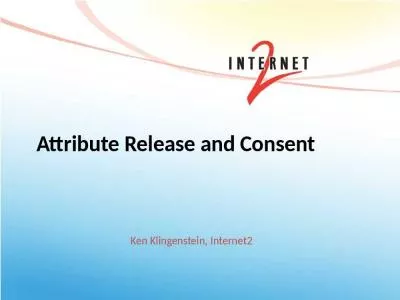PPT-Attribute Expression of using Gray Level co-occurrence
Author : natalia-silvester | Published Date : 2016-06-16
Sipuikinene Angelo Marcilio MatosKurt J Marfurt ConocoPhillips School of Geology amp Geophysics University of Oklahoma Real life examples from Osage County Oklahoma
Presentation Embed Code
Download Presentation
Download Presentation The PPT/PDF document "Attribute Expression of using Gray Level..." is the property of its rightful owner. Permission is granted to download and print the materials on this website for personal, non-commercial use only, and to display it on your personal computer provided you do not modify the materials and that you retain all copyright notices contained in the materials. By downloading content from our website, you accept the terms of this agreement.
Attribute Expression of using Gray Level co-occurrence: Transcript
Download Rules Of Document
"Attribute Expression of using Gray Level co-occurrence"The content belongs to its owner. You may download and print it for personal use, without modification, and keep all copyright notices. By downloading, you agree to these terms.
Related Documents

